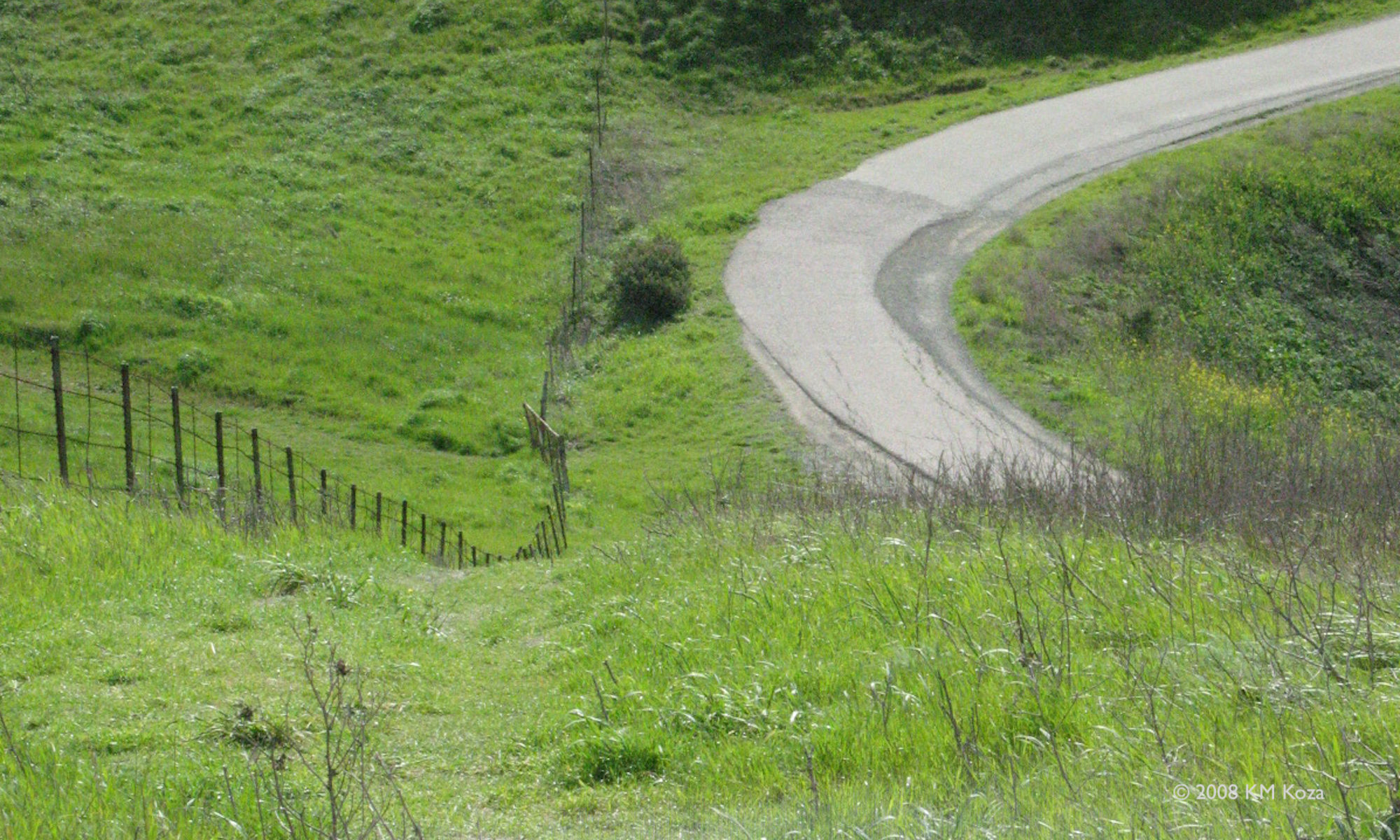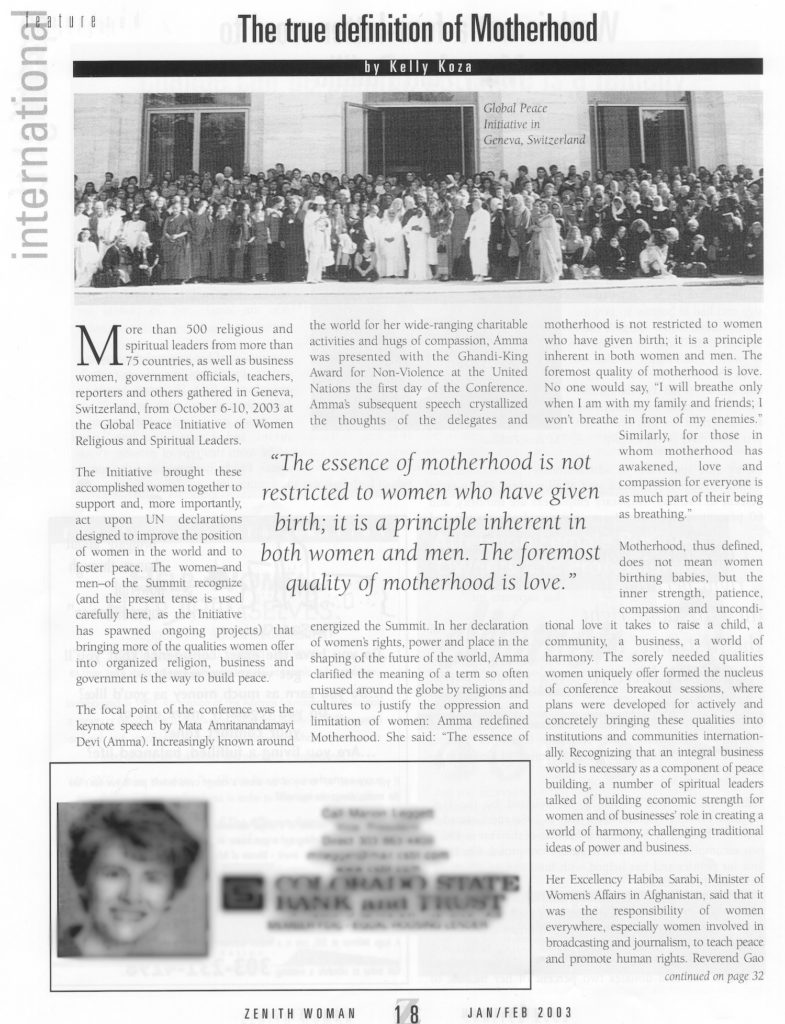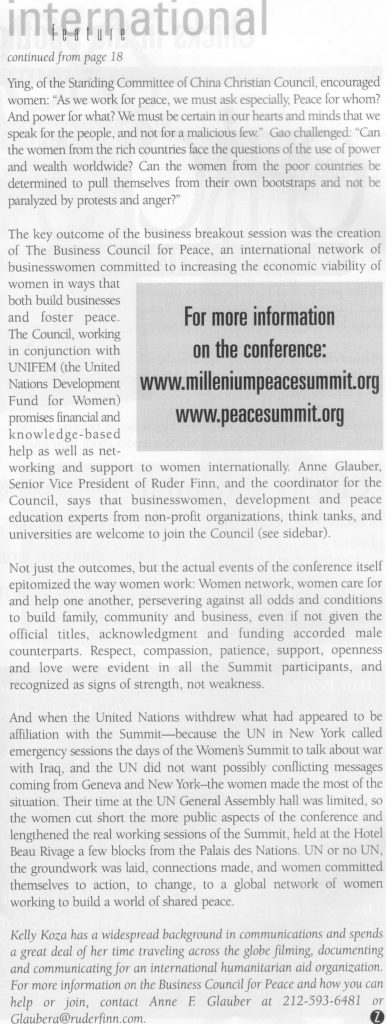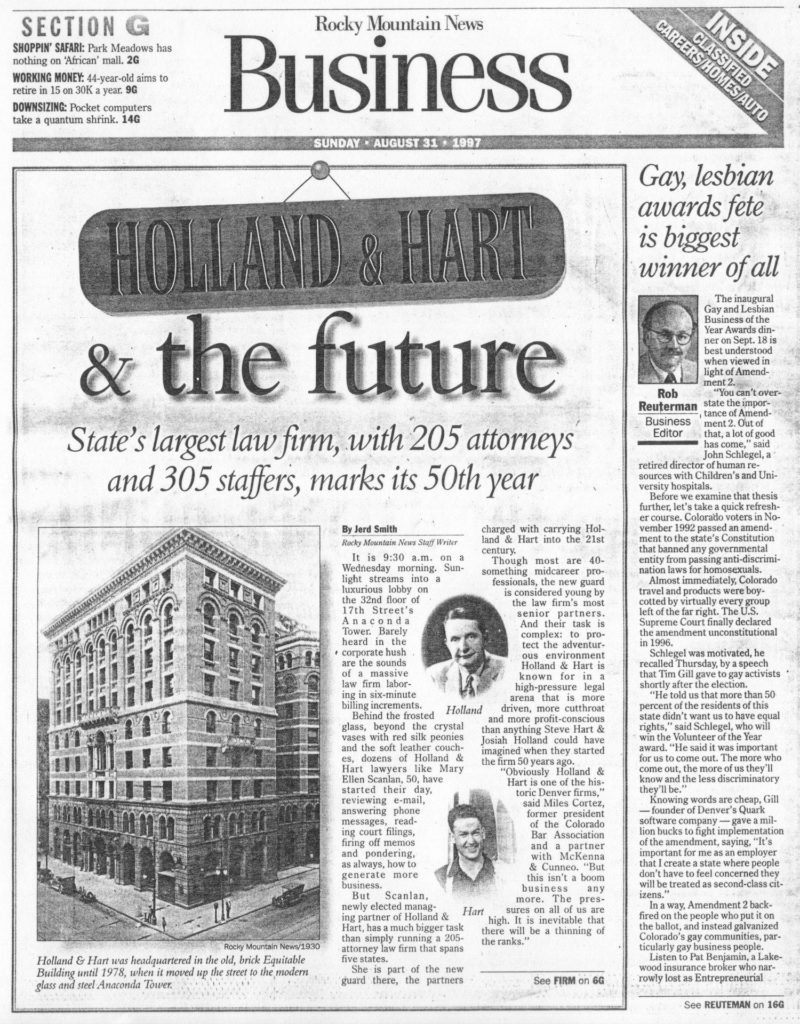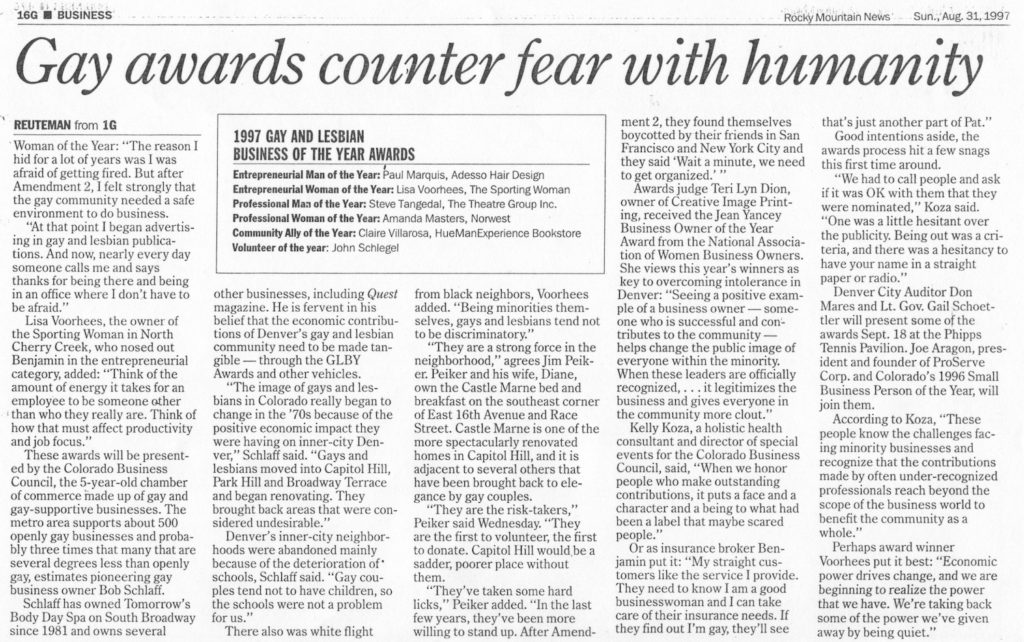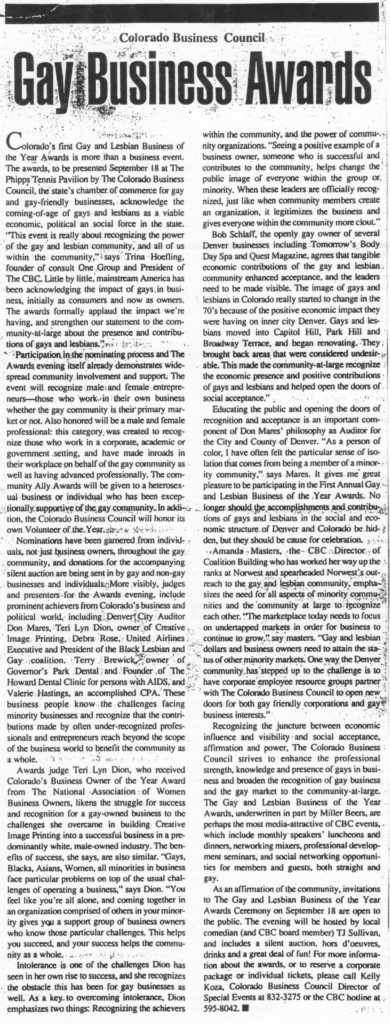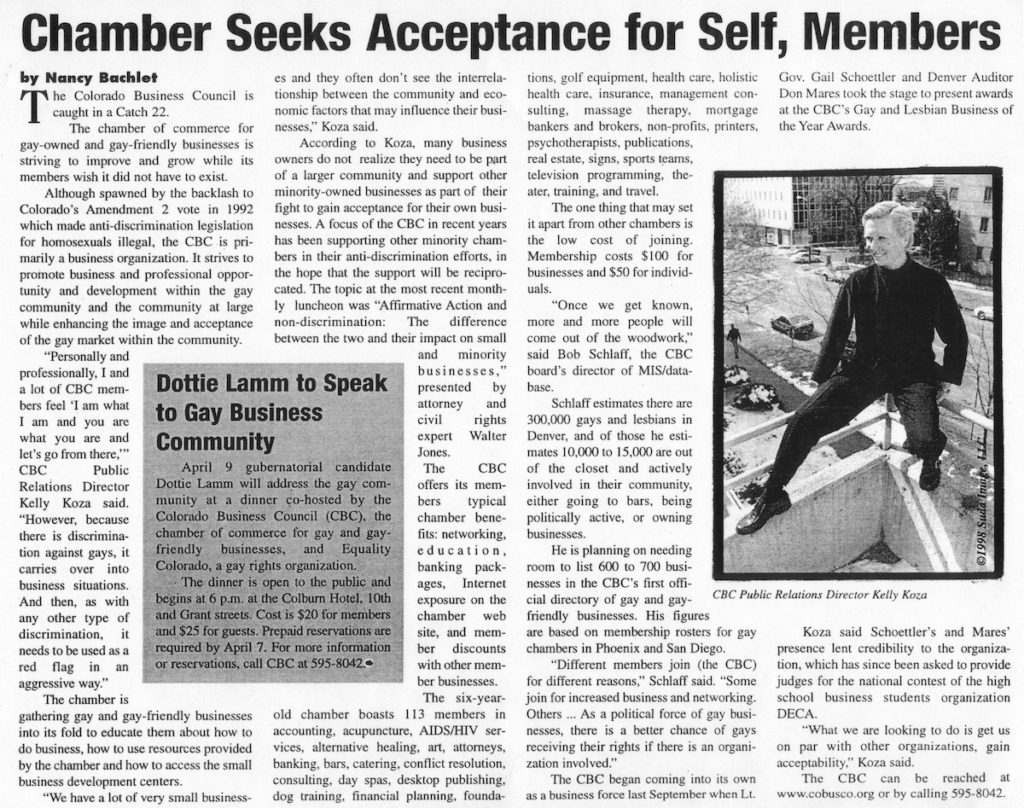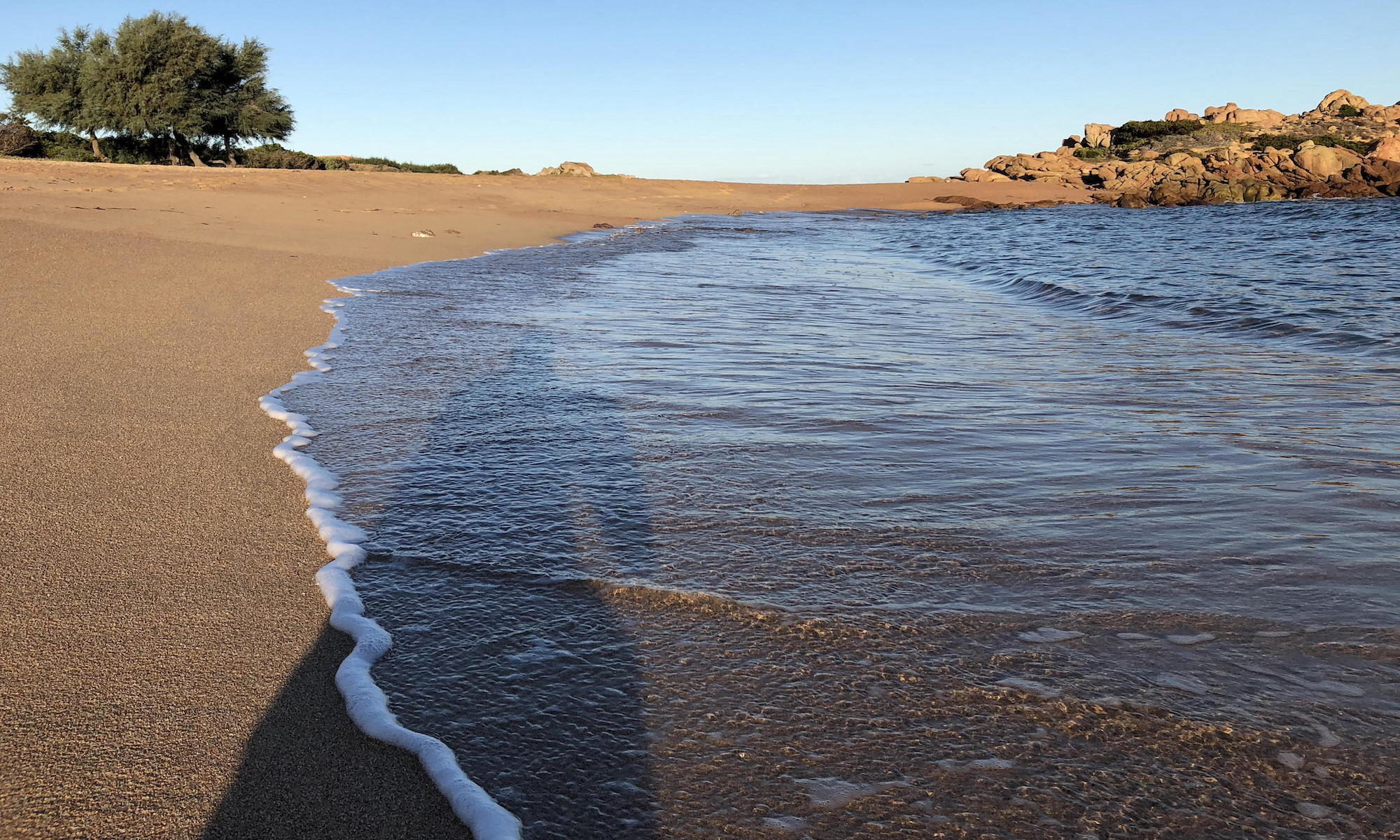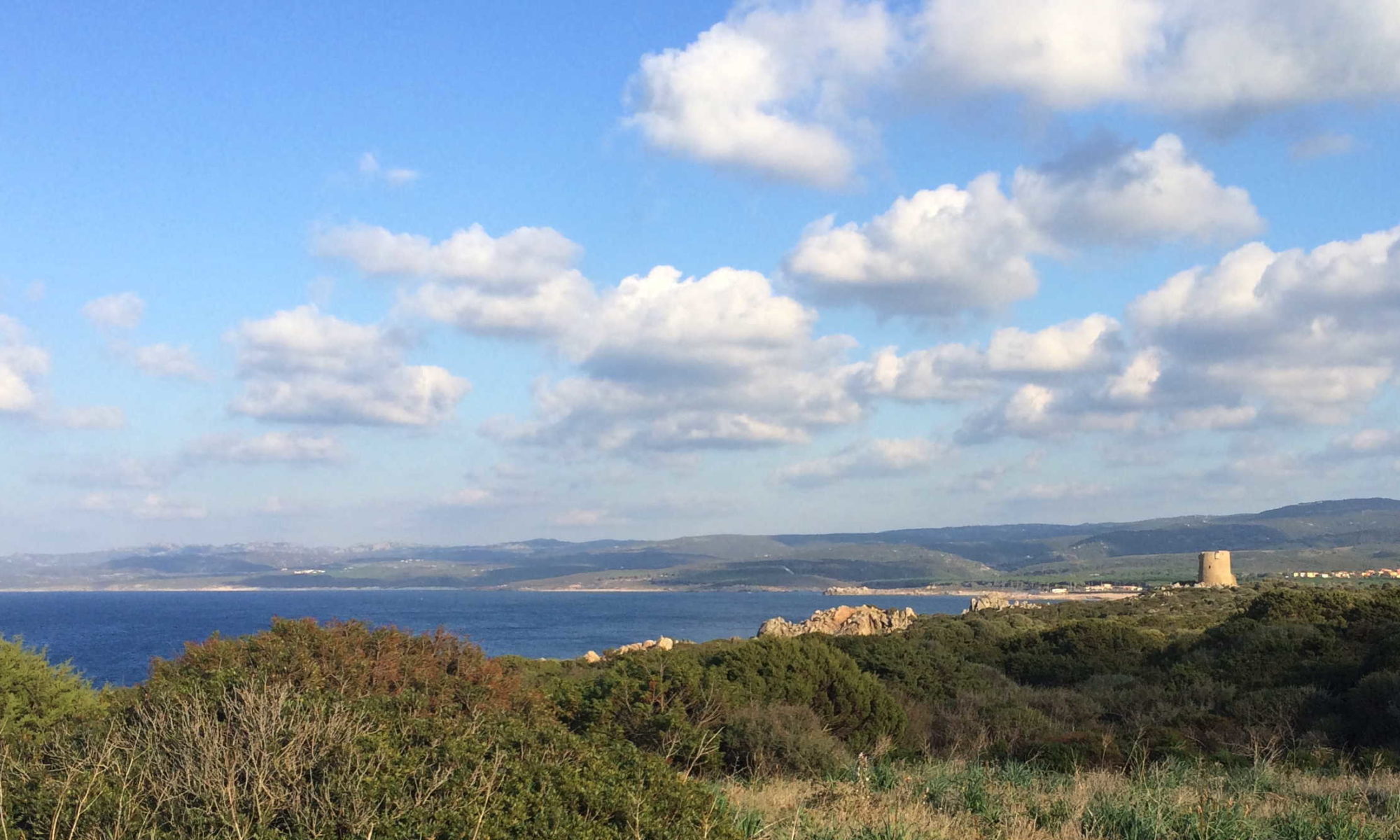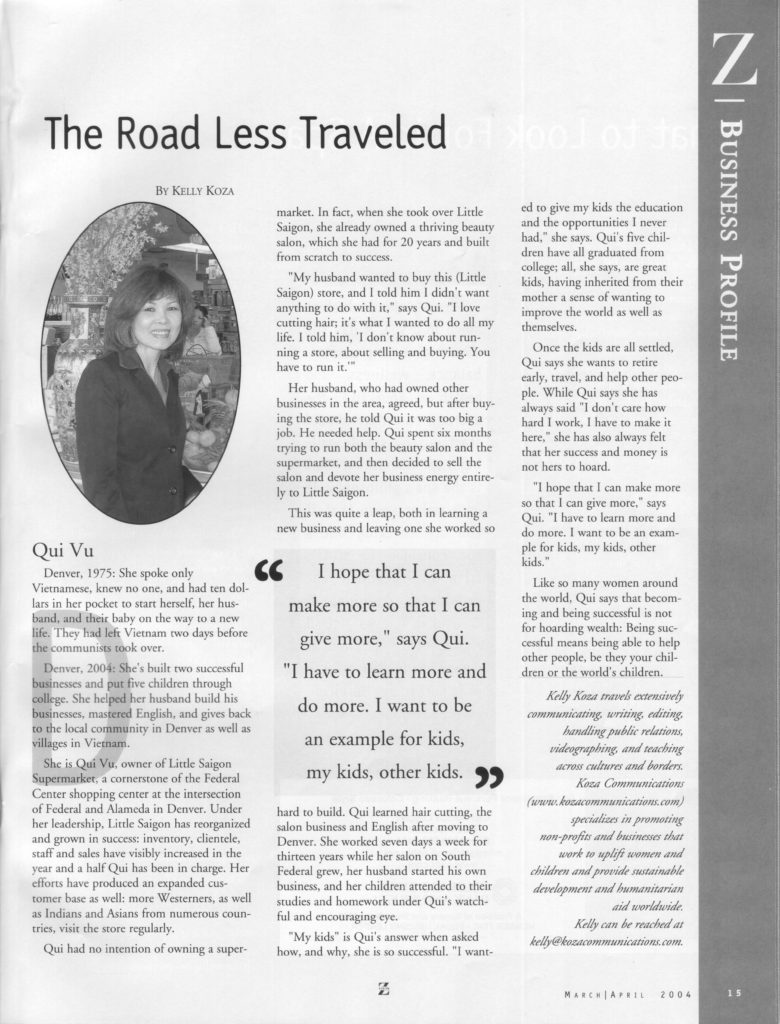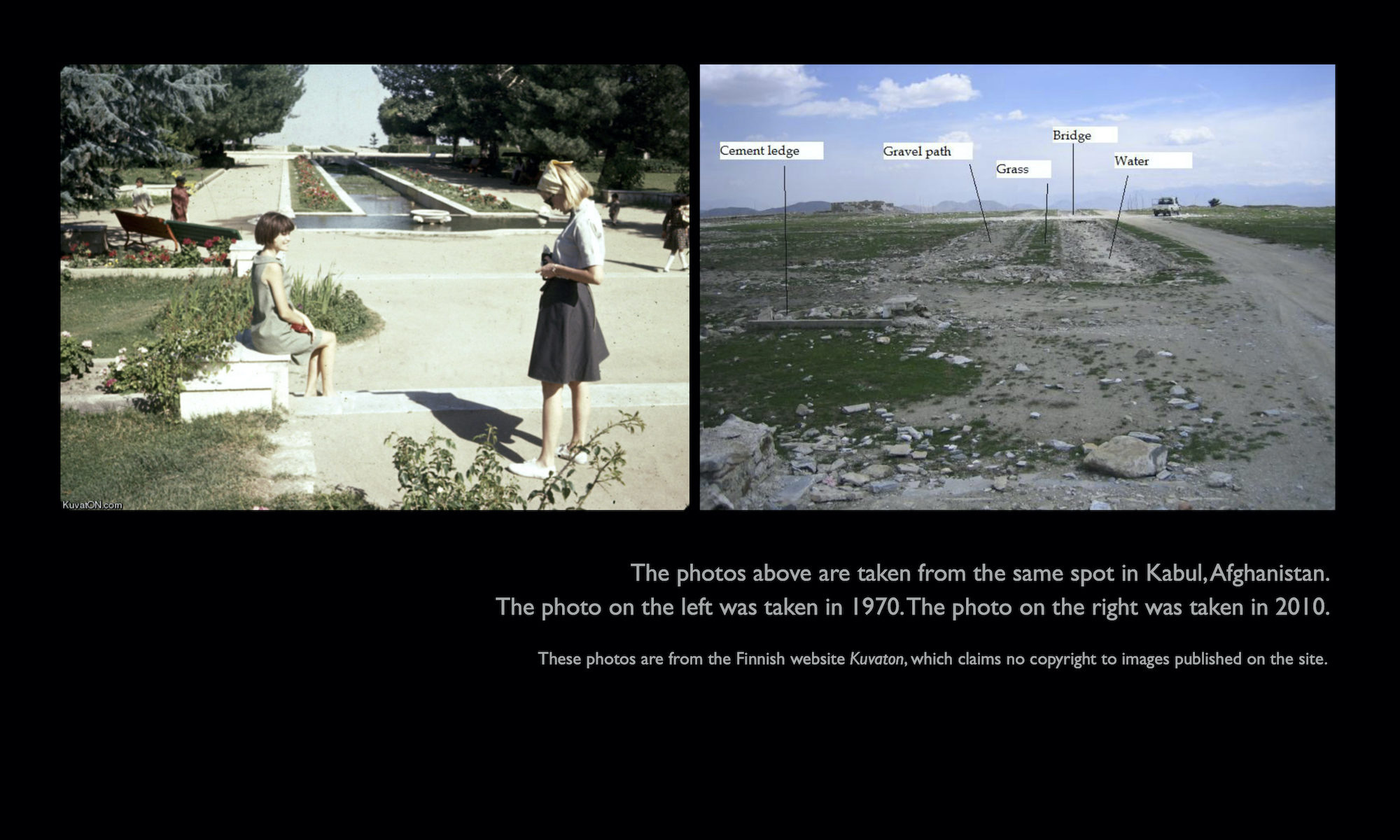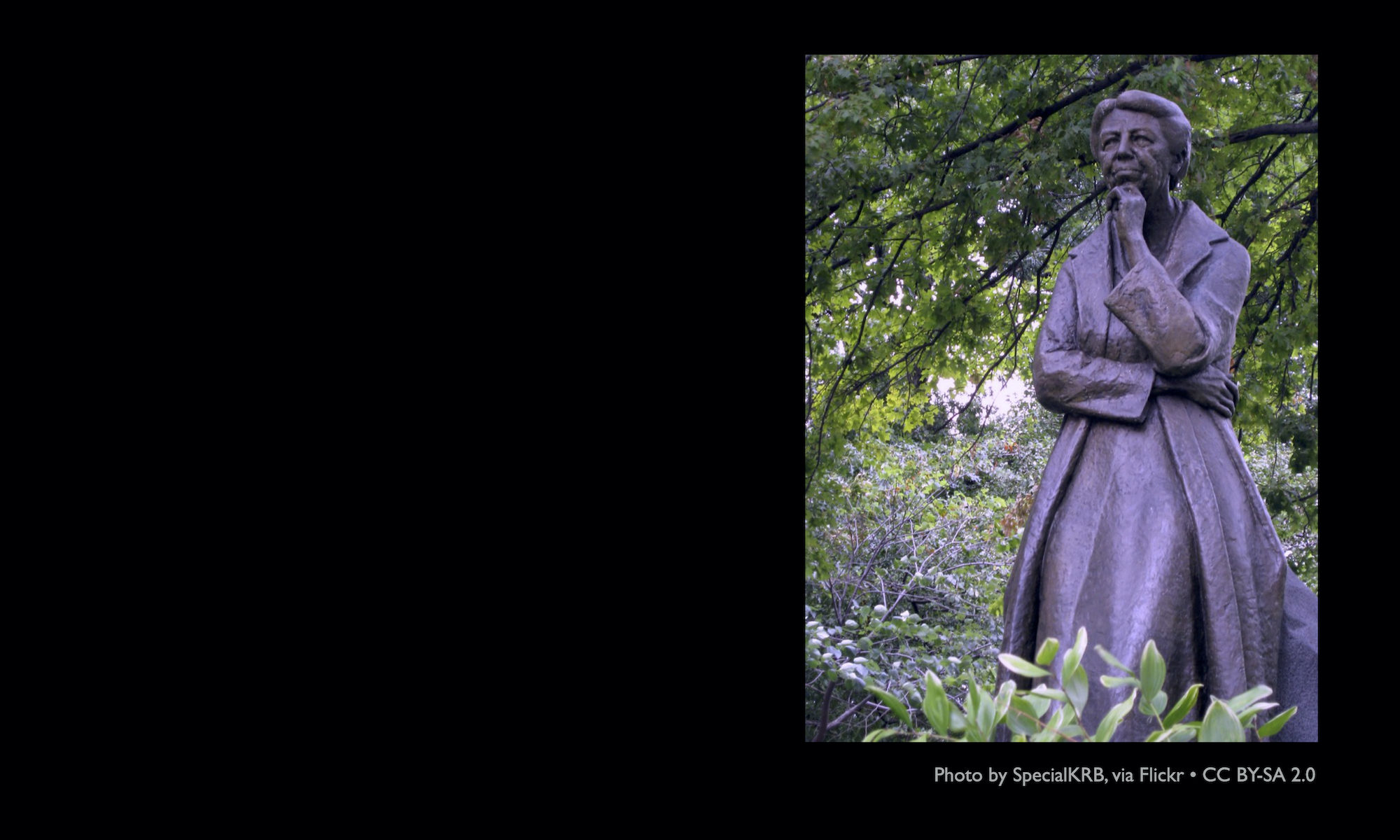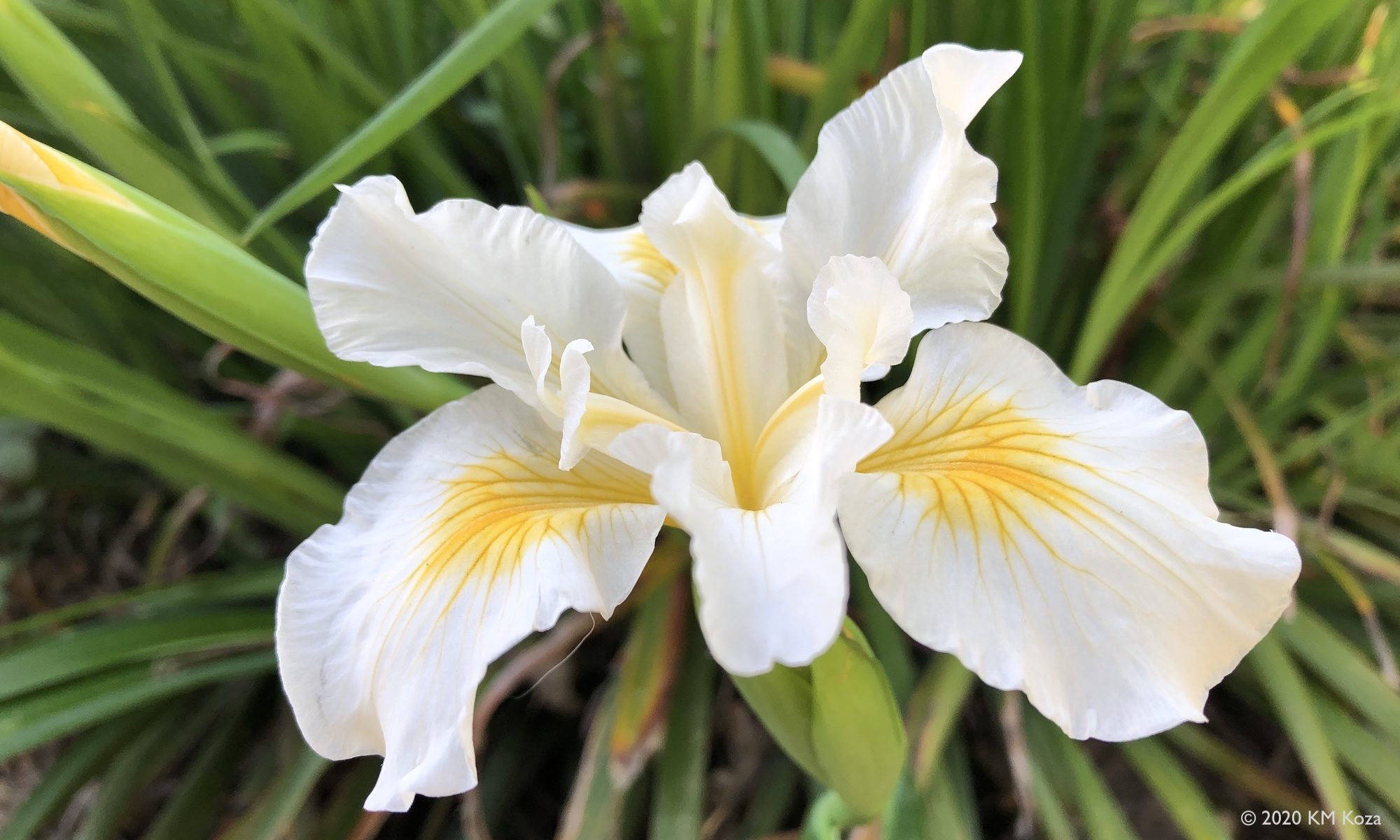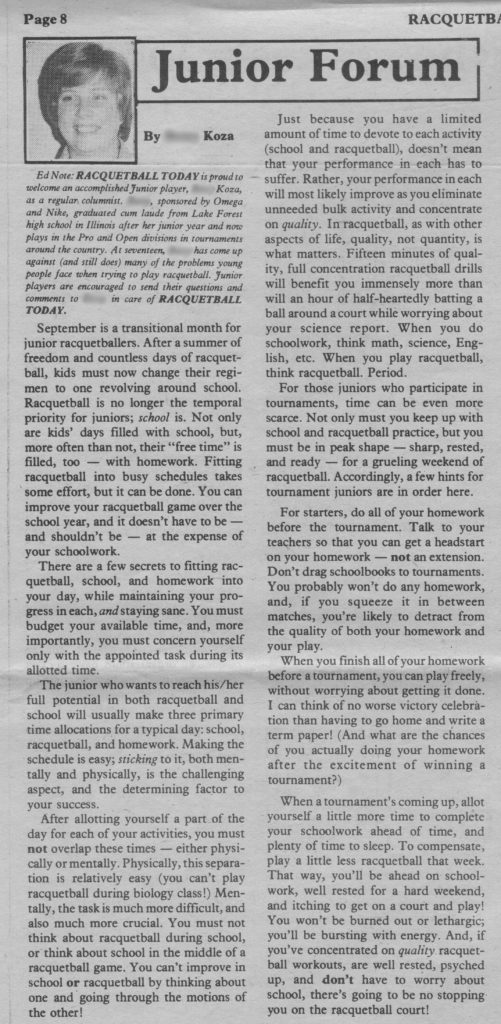From Kelly Manjula Koza’s archives. A discussion and two old satires I wrote.
I’ve always had a passion for satire: I devoured the writings of Oscar Wilde, George Bernard Shaw, and S.J. Perelman when I was a kid, and English teachers and friends often urged me to write pieces for them. For a long time I did write short satires, yet I intentionally stopped (well, mostly), long before the current political environment essentially killed the genre by rendering it nearly indistinguishable from so-called reality.
I desisted for several reasons. Writing satire puts me in a pessimistic mood: I become critical, cranky, and unappreciative of the good in the world. I’ve also increasingly believed that our thoughts influence and create our reality, so writing satire generally seems unwise: I’ve had many satirical ideas that I would NOT want to see manifest in world! In addition, the rapid reaction to a piece I wrote and sent to friends and colleagues in 2007 spooked me: Not even my closest friend — whom I thought would recognize my writing — identified the piece as satire, and she and many others began sharing the email, which I thought could land me in major hot water, possibly even a lawsuit, if I did not quickly retract the piece — which I did. (Read the piece further down this page.)
I often structured my satires as newspaper articles or press releases, and sometimes even took the first few sentences of a real newspaper article and wrote a satirical ending to it. This format combined with my extremely dry sense of humor apparently makes it very difficult for people to discern what’s true and what’s not.
The first piece below is an example of the newspaper format, based on a 2004 article found on the BBC website. The second piece is the satire I retracted.
Passion over for Barbie and Ken
Valentine’s Day is approaching, but the romance is over for Barbie and Ken.
After 43 years as an item, the plastic pair’s “business manager” at toymaker Mattel said they “feel it’s time to spend some quality time – apart”.
“Like other celebrity couples, their Hollywood romance has come to an end,” said Russell Arons of Mattel toys.
Ken will go his own way, and the new romance in Barbie’s life will undoubtedly raise some eyebrows — as will the new Barbie herself.
Barbie will be sporting pants, flat heels, and wearing a ring from her new significant other, who is dark, handsome – and a woman.
“Woman-loving Barbie has been a long time in waiting,” says Arons.
Lucia, Barbie’s new partner, was introduced to Barbie’s circle amidst considerable astonishment and excitement.
“The conservatives who haven’t been paying attention will undoubtedly have some strong reactions, but Barbie just couldn’t go on with Ken any longer,” says Arons. “Lucia comes with a full range of emotions, interests and talents that we just couldn’t bundle into Ken or any male doll.”
Mattel will market a full range of new accessories for the lesbian couple, including a pickup truck/camper combination, large furry dogs, and an assortment of Mikita power tools. ###
The piece I retracted (below) was written as a press release during a very snowy winter when planes were delayed and cancelled across the country, with each week bringing a new storm and a new set of delays. Vacationers as well as those of us who flew regularly for work were upset with what seemed like persistent travel difficulties and unaccommodating policies of airlines. I wrote this thinking it so far-fetched that no one would believe it, yet after people began sharing it as a real news piece, I became worried that the airline would find and sue me.
United Announces Frequent Flier Flight Delay Program
CHICAGO, IL, February 14, 2007 — United Airlines today announced the company will award frequent flier program miles to travelers whose flights are delayed due to weather. Elite members of the airline’s frequent flier program will also be awarded miles for any flight delays.
“We realize that fliers, especially frequent fliers, lose time and money because of weather delays. This winter has been particularly difficult for travelers and airlines, and United wants to recognize the fortitude and loyalty of our customers,” says Bob Forappel, United public relations director. “We feel there’s no better way to do this than by offering travelers frequent flier miles.”
Travelers who are members of United’s frequent flyer program will receive 5 frequent flier miles for each minute of weather-related delay. Premier members (those who have flown 25,000 miles in the past year) will receive 10 miles for each minute of delay. Premier Executive and Premier 1K members will receive 20 and 50 miles, respectively, for each minute of delay, as well as corresponding miles for any flight delay, weather-related or not.
For more information, see www.united.com/premier/miles/wewish/ ###
While I’ve pretty much stopped writing satire since then, occasional outbreaks occur. See How to Launch a Successful Startup in San Francisco, subtitled Why I (Mostly) No Longer Write Satire, Part II

